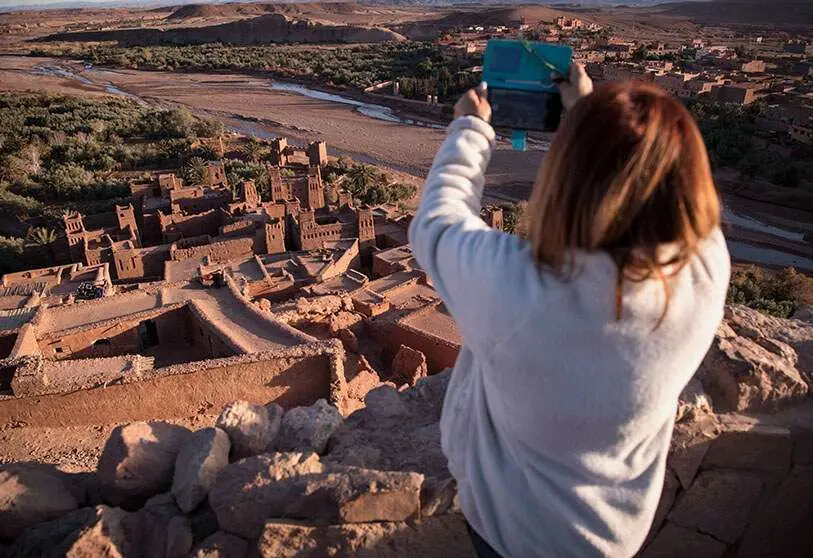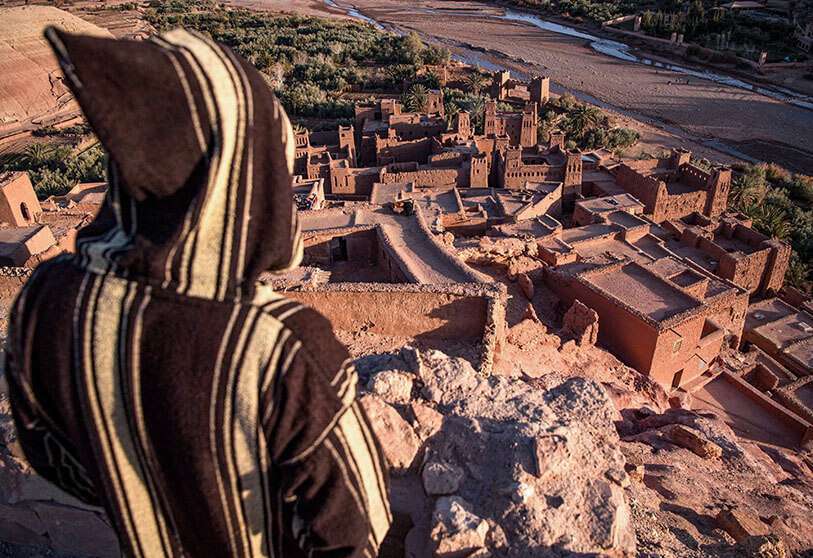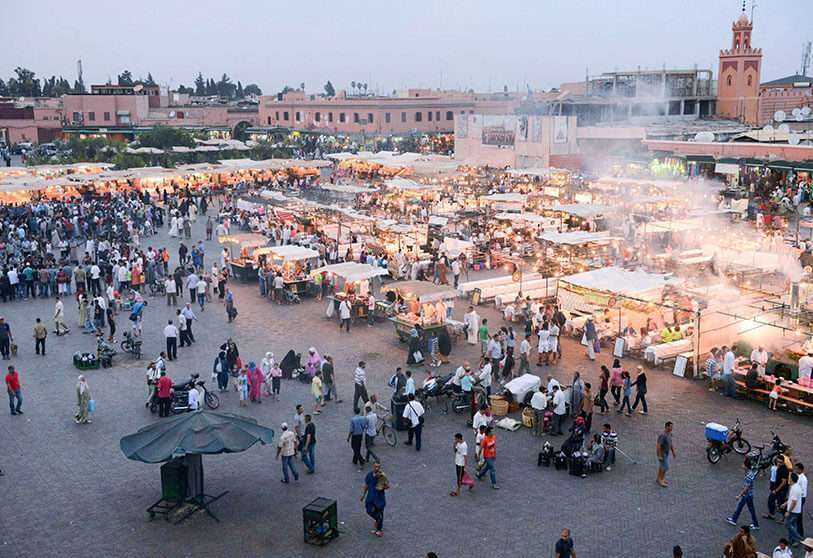El DEPF destaca el papel de salvaguarda del turismo interior marroquí

The Alawi kingdom's maritime and air borders are now open, but the land border with Spain remains closed until 31 March, as a result of the coronavirus crisis. In these two years, the Kingdom has accumulated a series of negative economic consequences, but these have been supported by the travel of national tourists, who have been responsible for boosting the country's tourism.
"Despite uncertainties and territorially differentiated health restrictive measures, domestic tourism has played a buffer role during the COVID-19 crisis," the DEPF said in a policy brief called "Potential of Domestic Tourism as a Lever for Post-COVID-19 Recovery". "In fact, the saving role of domestic tourism, revealed by both conventional and non-conventional data, has depended on differentiated travel restrictions and specialisation of tourism territories," the DEPF has said.

Domestic tourist arrivals at classified tourist accommodation establishments (EHTC) contracted by 59.5% in 2020, compared to -80.7% for inbound tourism, reaching 1.4 million tourists. This has allowed for minimal tourism activity to be maintained with a domestic tourism market share of 57% of Moroccan tourist arrivals, an increase of 18 points compared to 2019, pre-pandemic. On the other hand, overnight stays by Moroccan nationals fell by 55.4% in 2020, compared to -72.4% for inbound tourism, achieving a figure of 3.5 million overnight stays. This translates into an average of 2.4 nights per tourist compared to 3.2 for non-residents.
The fundamental role of domestic tourism has developed the tourism production of the Alaouite kingdom, achieving a consolidation of its market share to 50% of total overnight stays, as opposed to the 31% reached in 2019, these figures corroborate the importance of tourism of nationals by the North African country.

However, domestic tourism has been hampered by the restrictive health measures imposed by the Moroccan administration in the different regions, depending on the epidemiological state of the area, and these effects continued throughout last year. Indeed, domestic tourism was lower in the Souss-Massa region (respectively -45% and -41% for arrivals and overnight stays), but better in Marrakech-Safi (respectively -70% and -69%), and Tangier-Tetouan Al Hoceima (respectively -64% and -60%), which account for 66% of overnight stays and 59% of resident arrivals.
The negative impacts of the pandemic are also perceptible in the drop in the number of people attending trade and leisure venues during the first wave of the pandemic (-69% in Q2) and the second wave in Q4 2020 (-23%), as a result of mobility restrictions. Currently, mobility in retail and leisure locations has not recovered, if we consider pre-pandemic data, in Marrakech (-19% during the first half of June 2021) as opposed to the national level (+2%), Casablanca (+11%), and Fez (+3%).

Looking ahead, the African nation wants to continue to boost domestic tourism, but it also wants to continue to focus on welcoming foreign tourists. The tourism sector in 2021 saw tourism decline by 71% compared to 2019, and losses of 20 million travellers and 90 billion dirhams. Faced with this, the Ministry of Tourism launched an emergency plan to support tourism and revive the sector's own functions, valued at 1 billion dirhams.








